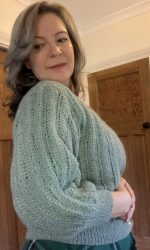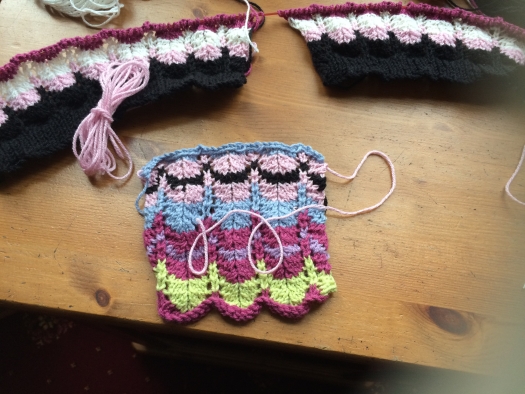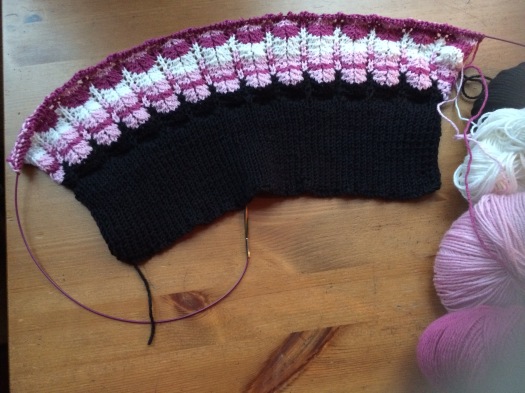Ahhh, the little things in knitting that make the most difference and save the most time in the end….
I’m going to share a secret. It’s not sexy (sorry!) but it’s a vital piece of knitting know-how. There’s a reason the saying “a stitch in time, saves nine” rings true over and over again.
Let me go back a little. I learned to knit from my mum when I was about four. I’m one of those unique left-handed people *winks* and although my mum tried to show me in slow-mo how to embroider I just couldn’t get it. I was trying to embroider backwards using my left hand (going from right to left) a skill, I grant you, but not one that led to any valuable embroidery happening! Thankfully my first teacher at school was left handed too…and I picked this skill up pretty soon after being shown how to embroider using my left hand.
So, the embroidery thing wasn’t working for me prior to starting primary school.
*Enter knitting needles, stage left*
Bravo! A skill I could manage with both hands, including my left one (keggy as we call it in the UK!!) I quickly learned to cast on, knit, and purl quickly on my junior knitting needles; and I loved it!
What i didn’t learn from my mum or grandma were the more creative techniques to knitting. These I learned from my textile tutors at art college. Some of this was boring stuff to a sixteen year old – always knit a tension square, always pin, measure and block finished pieces before sewing up. BUT, these are really important techniques that can save time and headache much further down the line.
For example, knitting to vintage patterns, especially original patterns means I’m unable to work with the yarn specified in the pattern. So this requires some creative thinking on how best to find a suitable alternative yarn. A tension square is always a must of this purpose. It helps ensure I have the right needle and yarn for the pattern I need. A lot of old patterns use a measurement such as 9 stitches to 1 inch. If I’m actually knitting less stitches (say, 8 stitches to 1 inch) and the garment is 18 inches across the front; then I’m 18 stitches short (1 stitch short per inch)….and that equates to a full two inches less, so my garment will be 16 inches across the front…how tight do you want your sweater darling??!
Knitting a tension square ensures I go up (or down) a needle size depending on what my natural tension with that yarn is. And my tension changes. This can be due to the feel of the yarn, the type of needles I’m using such as circular or straight, and the material of the needles such as metal or wood. There’s so many variables….it just makes sense to do the groundwork at the beginning and save the hassle later.
Additionally, a tension square means I have yarn in a stash. As in my last blog post, I’m currently finishing off the Victory Jumper. I was knitting up the sleeves when I ran out of the shell pink colour. Thankfully, I had used the pink to check my tension at the beginning of the project and had just enough to finish the two rows for the pattern on both sleeves!
So a stitch in time, really does save nine. Like I said at the start, it’s not sexy, but getting it right first time is!







